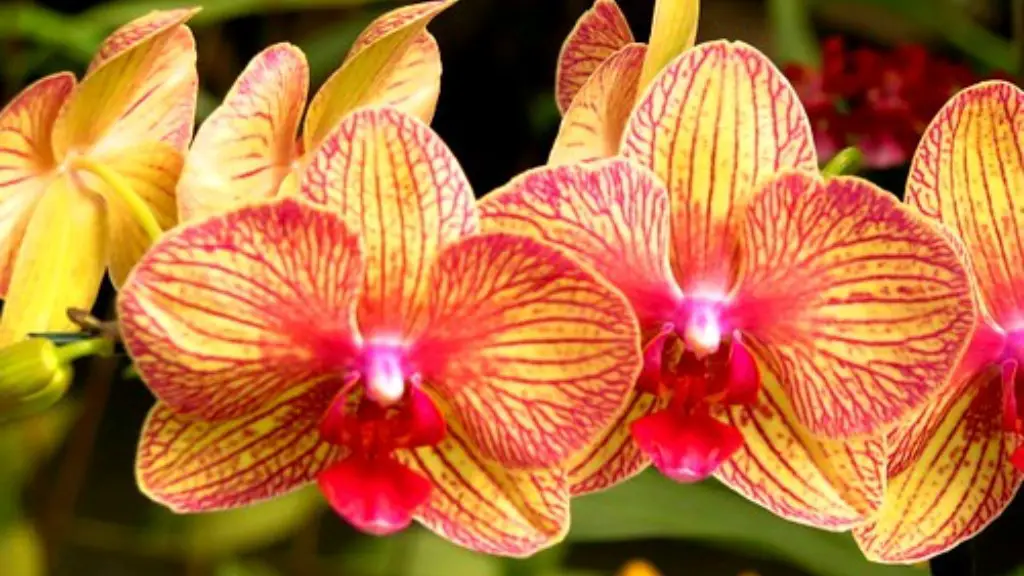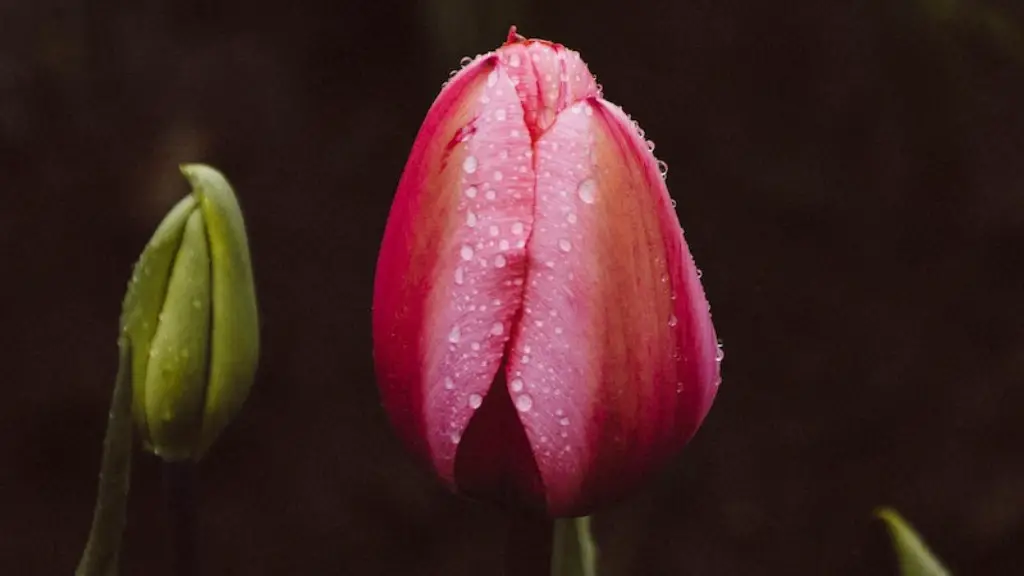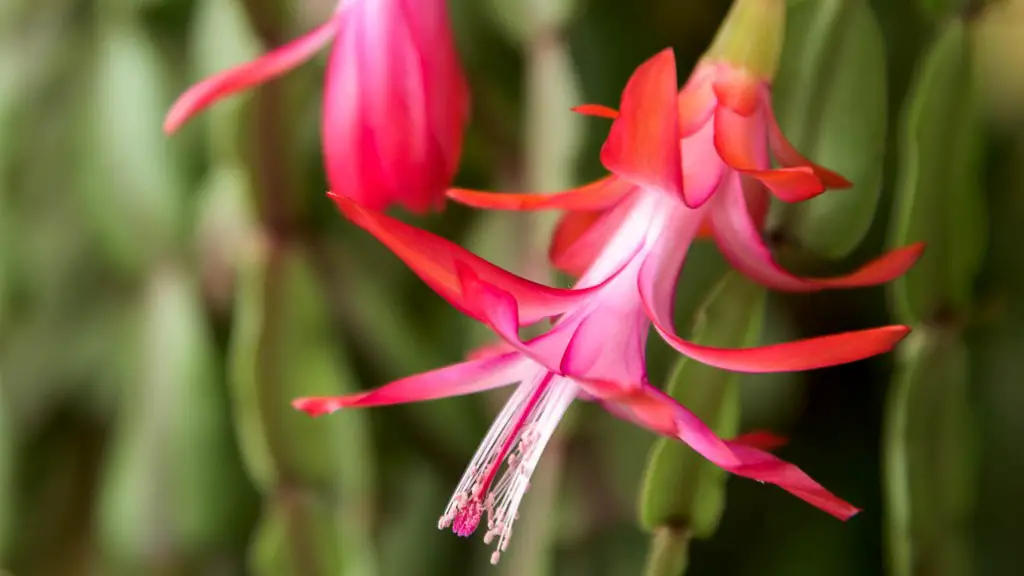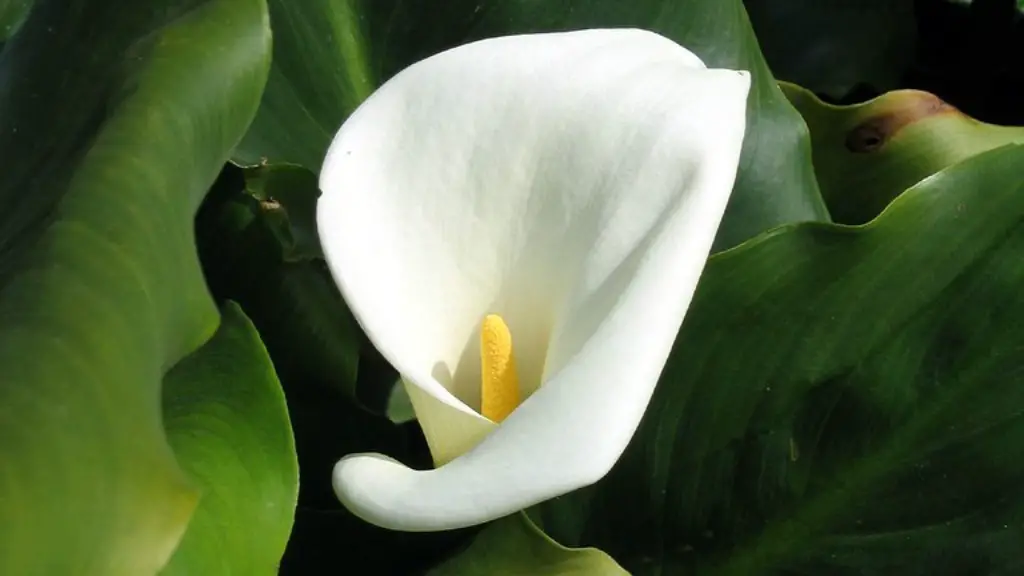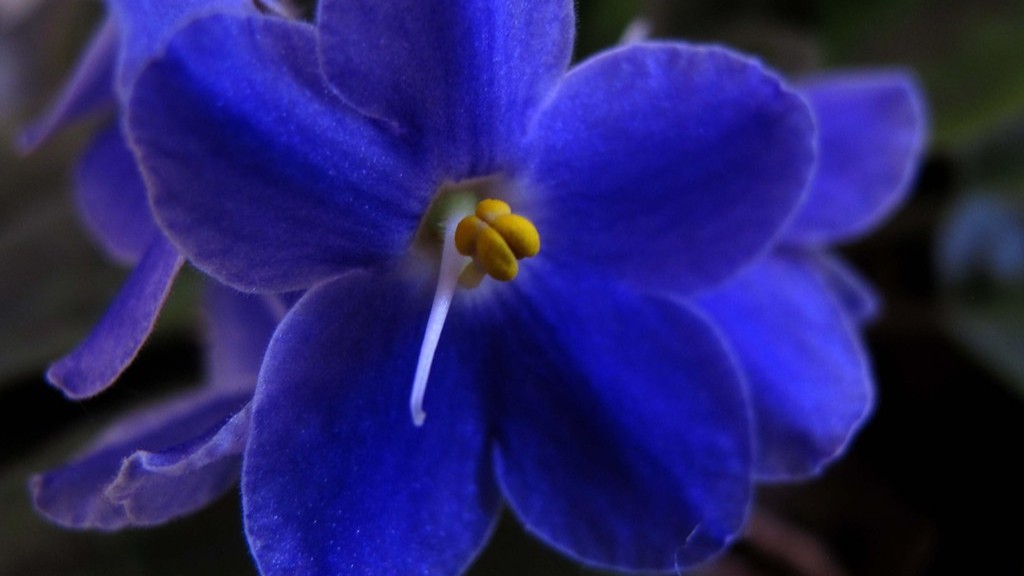With proper care, a phalaenopsis orchid can last for years. Here are some tips on how to keep your orchid healthy and vibrant:
• Place the orchid in a bright, indirect light. Too much direct sunlight can scorch the leaves, while too little light will cause the flower buds to drop.
• Water the orchid regularly, making sure to evenly moisten theroots. Allow the potting mix to dry out slightly between watering.
• fertilize the orchid monthly with a diluted solution of orchid fertilizer.
• Add humidity to the air around the orchid by misting it regularly or placing the pot on a pebble tray.
• Inspect the orchid regularly for pests and diseases, and treat accordingly.
Monitor your orchid’s water needs by checking the root ball weekly. The roots should be firm and white or silvery in color. They should never be soggy or soft.
Water your orchid thoroughly, and then allow the pot to drain for a few hours before putting it back on the saucer.
Never allow your orchid to sit in water. Drain any water that accumulates in the saucer after watering.
Fertilize your orchid regularly with a balanced fertilizer such as 10-10-10. Water the plant thoroughly before and after applying fertilizer.
Give your orchid bright, indirect light. It should never be placed in direct sunlight, which can scorch the leaves.
Keep your orchid in a cool location with good air circulation. Orchids do not like drafts, so avoid placing them near windows or doors.
Keep the temperature consistent. Orchids prefer nighttime temperatures of 60-65 degrees Fahrenheit and daytime temperatures of 75-85 degrees Fahrenheit.
Humidity is important for orchids. Place the plant on a pebble-filled tray filled with water, or use a humidifier.
Check your orchid regularly for pests, and treat it
How do you keep an orchid alive indoors?
When you bring your orchid home, place it in a bright spot but not in direct sun. Orchids are sensitive to cold and drafts, so keep them away from vents and outside doors. Feed once a month with an orchid fertilizer. After all of the orchid flowers have withered, cut back the stem halfway.
If you take care of your Phalaenopsis orchid, it can last for many years as a houseplant. Some people buy them cheaply, bloom them, and then discard them; but with proper care, these plants can last a decade or more. Give your orchid bright light, good drainage, and occasional fertilization, and it will reward you with years of beautiful blooms.
How often do you water a Phalaenopsis orchid
Phals need less water in the winter, when they are dormant. In the summer, when they are actively growing, they will need more water. The amount of light and heat your plant receives will also affect how soon your phal needs watering. If your plant is in a sunny spot, it will need more water than if it is in a shady spot.
Orchids are a beautiful and popular type of flower, and the phalaenopsis variety is especially popular due to its ease of care. Phalaenopsis orchids thrive in indirect sunlight and typical household temperatures, and only need to be watered every 7-10 days. Fertilize your phalaenopsis orchid every month, and raise the humidity if possible. Trim any faded flower stalks to keep your plant looking its best.
How do you care for phalaenopsis orchids indoors?
Phalaenopsis orchids are one of the most popular types of orchids, and they’re also one of the easiest to care for. They do well under normal room temperatures with indirect light from an east or west window. During the short days in the winter, they can even be moved to direct light or placed in a south window. Orchids can be placed in an interior room or on an office desk if placed under a grow light.
Coffee grounds are an excellent fertilizer, especially for orchids and African violets. Make sure the potting mix is a little damp before fertilizing because it can burn the roots if they’re completely dry.
What to do when Phalaenopsis blooms fall off?
If you want to keep your orchid blooming for as long as possible, it’s best to remove the flower spike entirely after the flowers have dropped. This way, the plant will put all its energy into producing new flowers instead of trying to keep the old ones alive. To remove the spike, simply clip it off at the base of the plant.
It is important to water your orchid evenly, as uneven watering will result in shallow or uneven root growth. Be sure to allow the water to drain out completely after soaking for about 10 minutes; orchids like a good soak but don’t tolerate sitting in water. You will know when your orchid needs watering again when the container feels light.
Where should Phalaenopsis orchids be placed
Orchids prefer bright, indirect light and a consistent temperature. The ideal spot for growing orchids is either a south- or east-facing window. West windows are usually too hot, while northern windows are too dark. Placing orchids under artificial lights is the last resort if you can’t find a good location to grow your orchids.
Orchids love humid conditions because they are tropical plants. The best way to recreate their humid home is by misting them with a spray bottle.
Should orchids be watered from the top or bottom?
Orchids are a beautiful, delicate flower that can be tricky to care for. One important thing to remember when caring for orchids is that they require a humid environment. A great way to create a humid environment for your orchids is to set them on top of pebbles in a tray filled with water. Make sure the water doesn’t touch the bottom of the pots, as this can cause the roots to rot. As the water evaporates, it will humidify the air around the plant, creating the perfect environment for your orchids to thrive.
Signs that your orchid isn’t getting enough water:
-The leaves are dull and start to wrinkle
-The roots are dry and dark
Signs that your orchid is getting too much water:
-The leaves are yellow, brown, or hollow/ flat
-The roots are yellow, brown, or hollow/ flat
What triggers flowering in Phalaenopsis
Phalaenopsis orchids are native to tropical areas and do not need a specific photoperiod to induce flowering. Instead, it is the low temperature that triggers phalaenopsis to start the flowering process.
Phalaenopsis orchids are a type of orchid that typically bloom for several months at a time. During this bloom period, the plant can be pollinated again, which will help it to complete its life cycle. It usually takes between 9 and 14 months for an orchid to complete a life cycle, but if it doesn’t die, it can typically re-bloom once every 8 to 12 months.
What triggers an orchid to bloom?
Orchids require a lot of light to bloom, so if you are growing them indoors, make sure they are getting enough light. While there are other factors that can trigger blooming, like a drop in night temperature or changes in day length, insufficient light is the most common cause of orchids not blooming.
There’s no harm in leaving yellowing leaves on your orchid. Eventually, the leaf will simply shrivel up and drop from the plant. Often, a new leaf will take its place. If you do choose to trim yellow leaves from your orchid, be sure to do so with a pair of sharp, sterile shears.
Do Phalaenopsis orchids need to be repotted
Over time, the potting medium for your Phalaenopsis orchid will start to break down and compact, which can cause problems for your plant. If you notice the potting medium is starting to break down, it’s time to repot your orchid.
As a general rule, repot plants every two years after flowering and when new growth appears. Usually a plant will lose one or two leaves at the bottom every year and gain one or two leaves at the top. Repot spring through fall.
Conclusion
The Phalaenopsis orchid is one of the most popular houseplants because it is relatively easy to care for. Here are a few tips on how to keep your orchid alive and thriving:
-Light: Phalaenopsis orchids thrive in bright, indirect light. Avoid placing them in direct sun, which can scorch the leaves.
-Water: These orchids like to be evenly moist, but not soggy. Water them once a week, making sure to let the excess water drain away.
-Fertilizer: Use a balanced fertilizer once a month during the growing season.
-Temperature: Phalaenopsis orchids prefer to be in a room with temperatures between 65 and 80 degrees Fahrenheit.
-Humidity: These plants like humid conditions, so mist them regularly or place them on a pebble tray filled with water.
With a little care, your Phalaenopsis orchid will bloom for you year after year.
There are a few key things to remember when caring for a Phalaenopsis orchid: water, light, and air flow. Water the orchid about once a week, making sure to not let the roots sit in water. Give the orchid bright, indirect light, and make sure there is good air circulation around the plant. With a little care, your Phalaenopsis orchid will thrive and bloom for years to come!
